Celebrating Minnesota's Old-Growth Forests
By Network Manager Nick Sanchez, originally published in the Fall 2025 SNA Nature Notes from the Minnesota Department of Nature Resources.
The national Old-Growth Forest Network inducted three Minnesota forests near the north shore of Lake Superior in June of this year. Home to gnarly sugar maple, sprawling yellow birch with thick branches, ancient white cedar, and white spruce dangling with strings of grey-green lichen, Lutsen Scientific and Natural Area, Tettegouche State Park, and George H. Crosby Manitou State Park showcase the glory of the northwoods near the shoreline. Rare and teeming with life, Minnesota's old-growth forests are full of secrets and wonder.
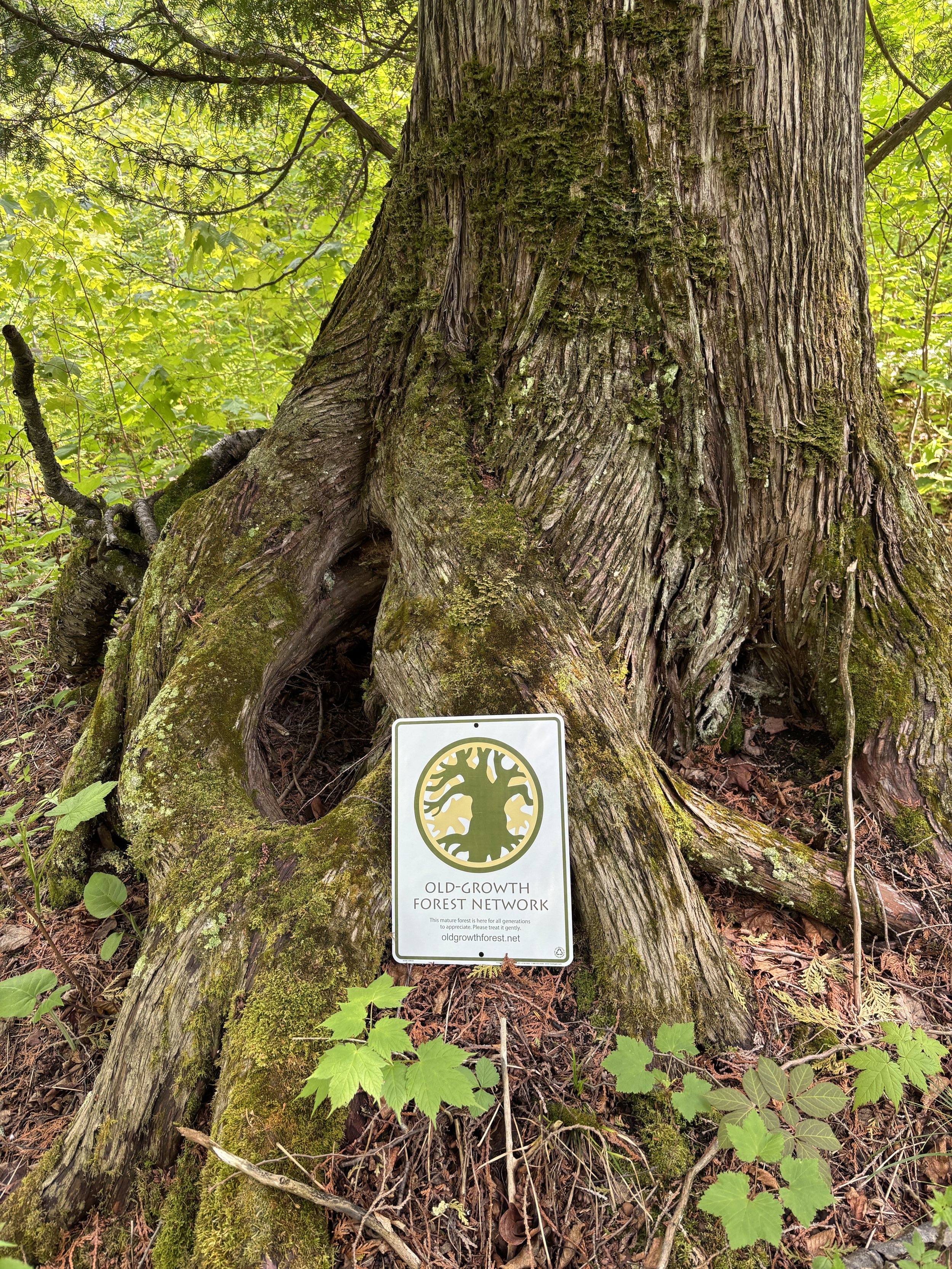
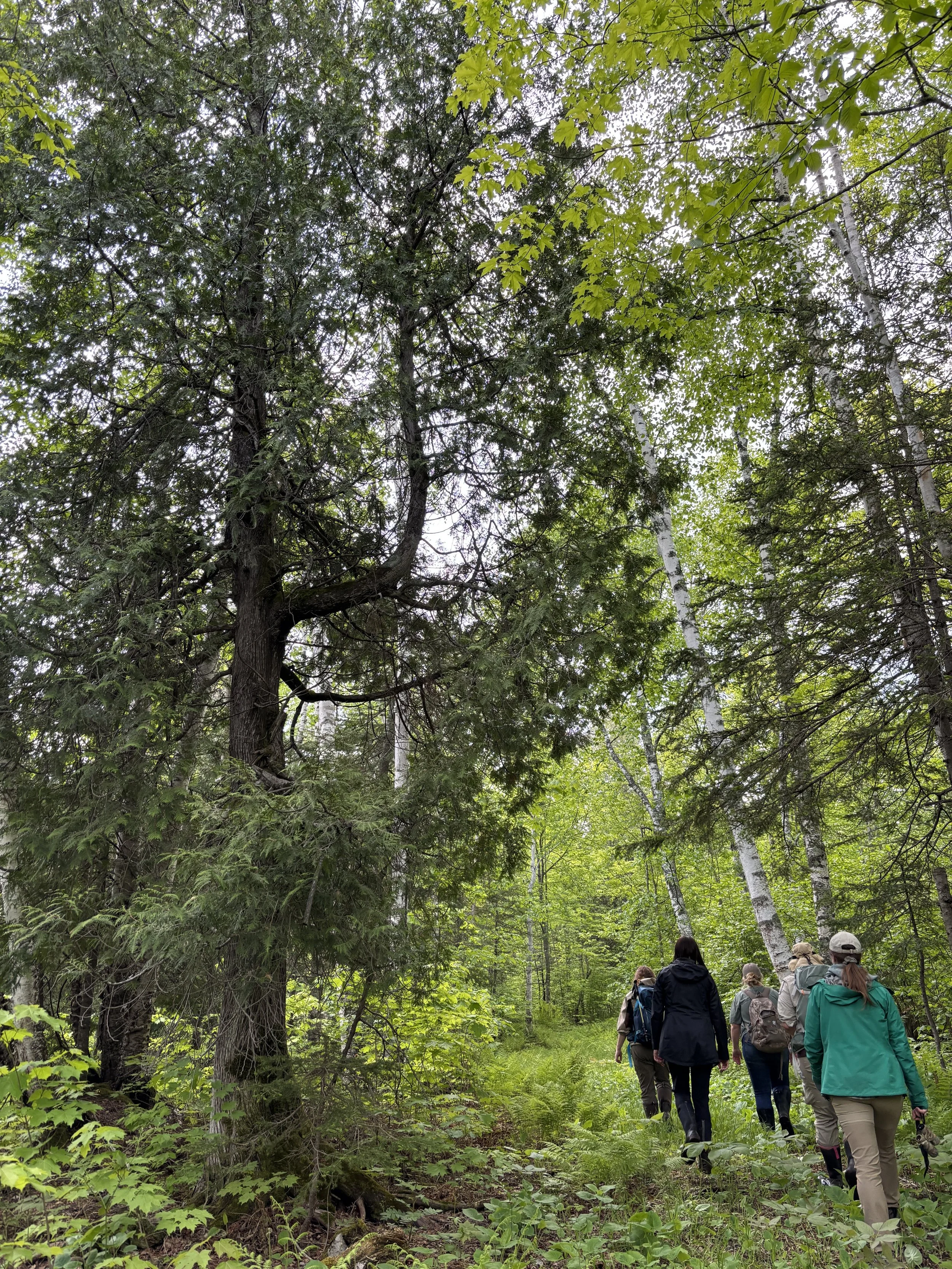
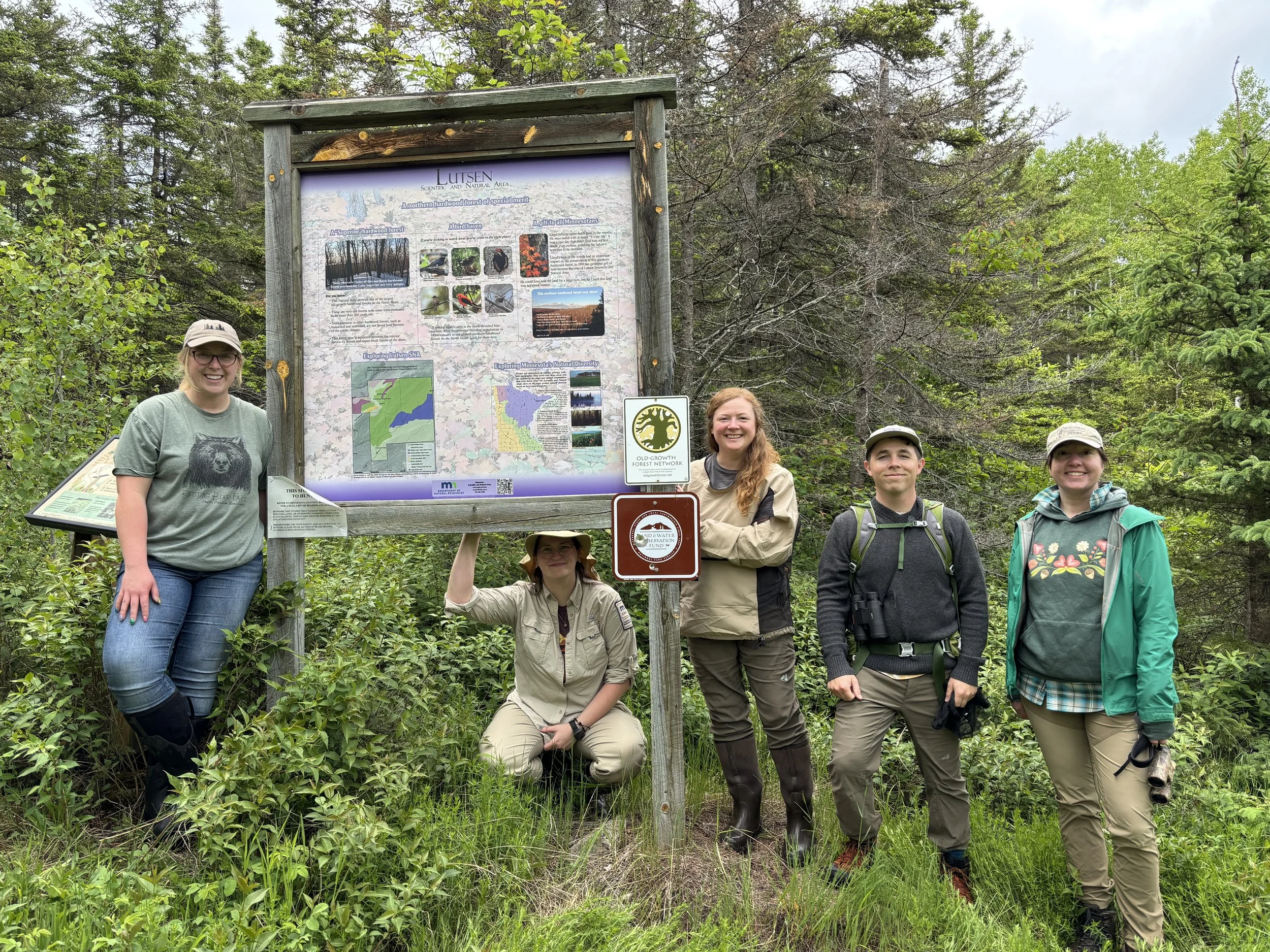
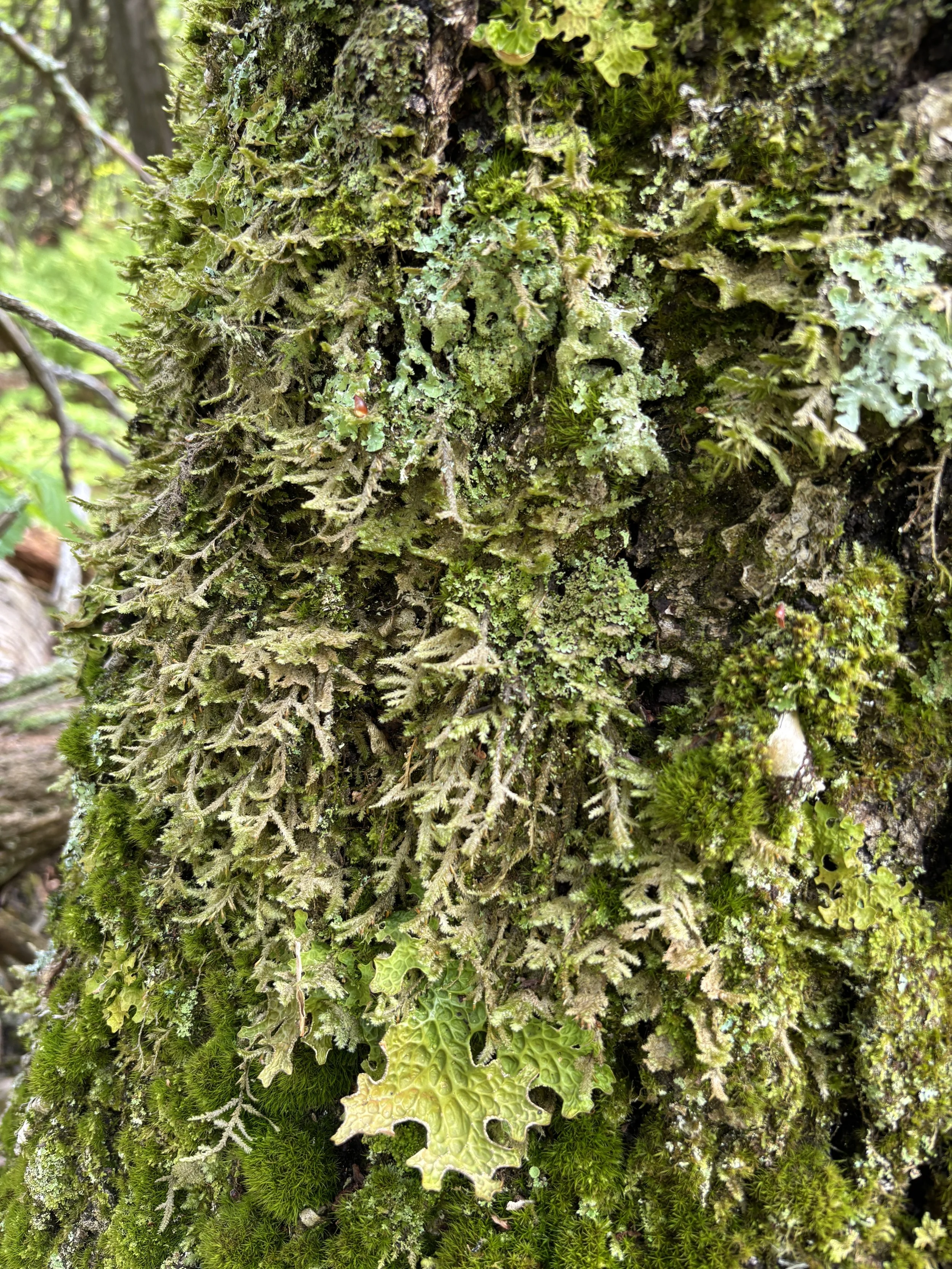

Across the country, old-growth forests are becoming increasingly rare, with less than one percent remaining in the eastern U.S., and less than five percent in the west. In response to these shocking statistics, Dr. Joan Maloof, ecologist, professor and writer, established a nonprofit called the Old-Growth Forest Network (OGFN) in 2012. The organization's goal is to create a national network of protected and publicly accessible old-growth forests. With the goal of recognizing and showcasing at least one forest in every forested county in the country, OGFN works with conservation partners like federal and state agencies, local governments, and land trusts along with an army of volunteers to build a rapidly expanding Network that now includes over 300 forests across 39 states. Candidate forests are nominated and then vetted to ensure their protection, access and the quality of their visitor experience. Each eligible forest is welcomed into the Network with a celebratory educational community hike. Each forest then gets a profile on OGFN’s website which includes information about where to go, what to expect when you visit, and which trails to take to experience some of the oldest parts of the forest.
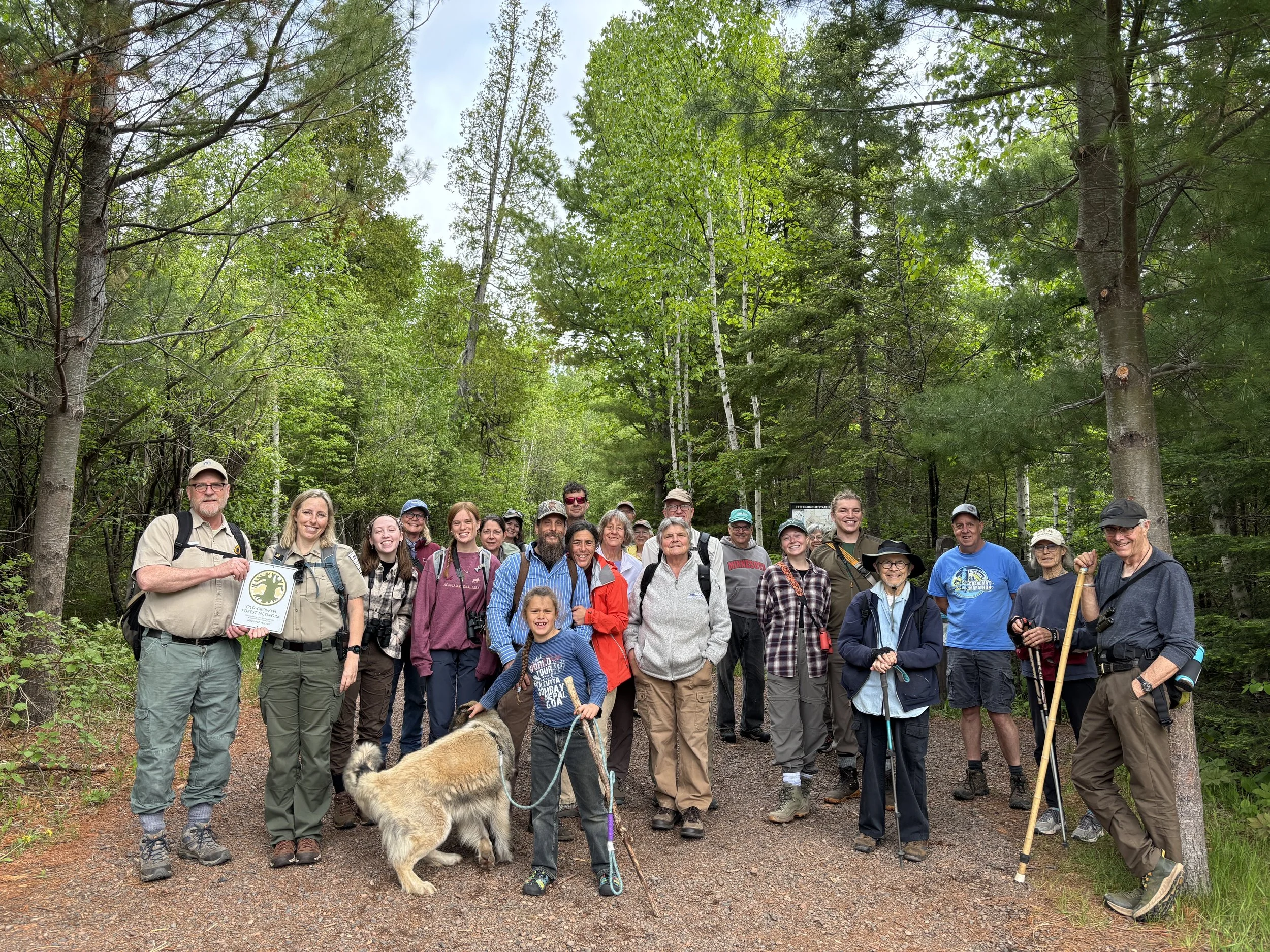
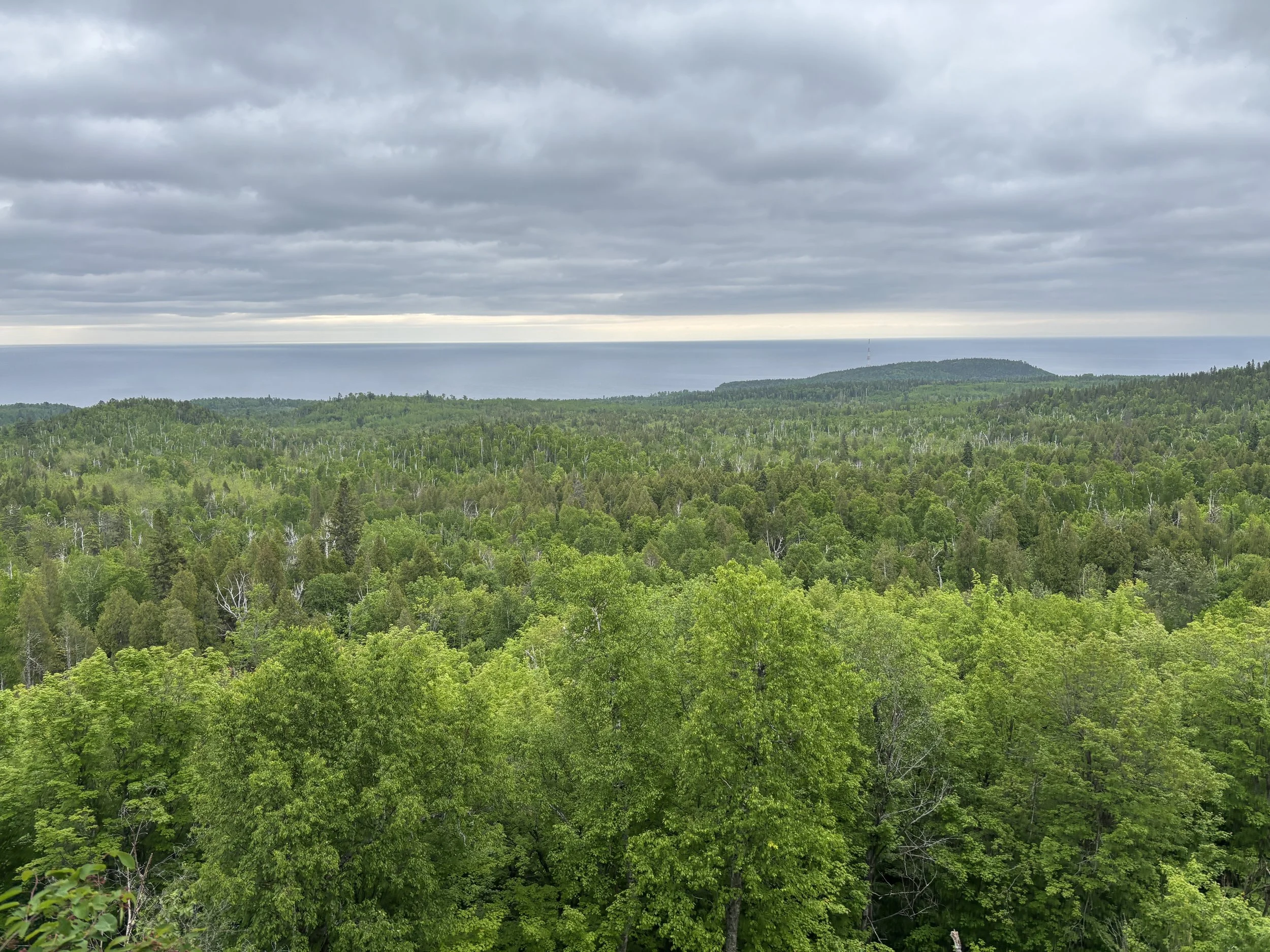

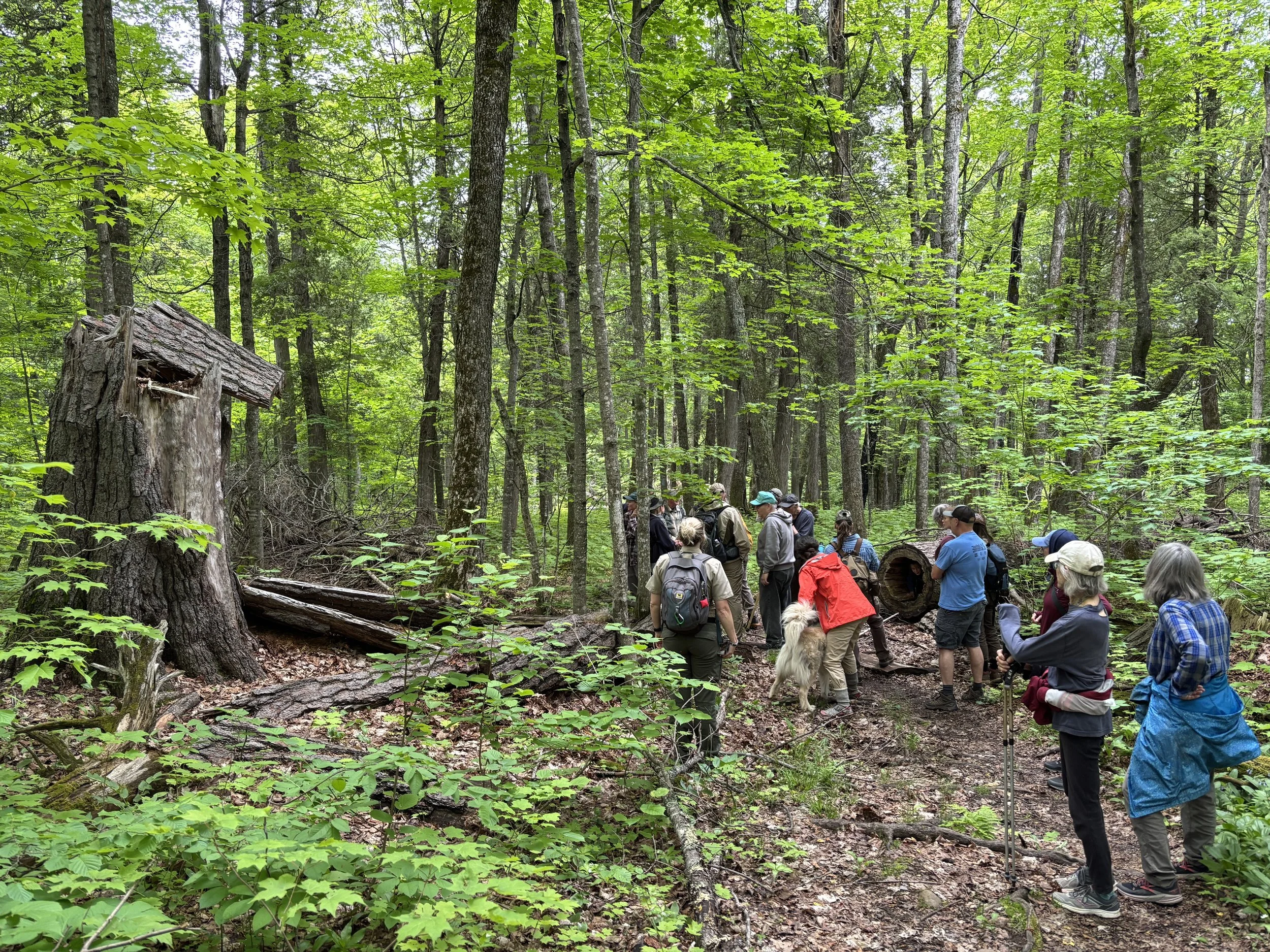

Once covering more than 51 percent of Minnesota's forested area, old-growth forests now primarily exist within remnant patches across the state’s 17.7 million acres of forest. In 2021, OGFN connected with the Minnesota Department of Natural Resources (MN DNR) to understand where and how old-growth forests were protected and managed on Minnesota’s state-administered lands. From the oak and maple forests of the Big Woods to the sub-boreal lowland conifers, the MN DNR stewards a 44,000-acre network of protected old-growth and future old-growth forests across state-administered lands such as state parks, state scientific and natural areas, and state forests. Together, scientific and natural areas and state parks have coordinated the induction of eight sites to the national Network to date, with more to join in the coming years.
While huge, mossy trees may come to mind, old-growth forests are diverse and complex, existing across multiple spectrums of influence from dry to wet forests, warm to cold, to those frequently burned by fire or long periods without. Despite their structural differences like tree density and size, tree species, and lifespan, they have a few things in common. Relative to their location and influences, old-growth forests have abundant large old trees, dead standing trees called snags and fallen logs. This community structure and its processes provide an ever-evolving source of shelter and food for species that rely on habitat within, below, and upon the trees and logs.
In Minnesota, many species of wildlife depend on the habitat provided by old forests. American martens rely on larger trees for denning and large fallen logs that provide access to the layer beneath the snow for hunting and shelter. Northern flying squirrels depend on tree cavities and through their foraging play a critical role in the dispersal of ectomycorrhizal fungi found in complex older forests. Red-shouldered hawks depend on large trees with sturdy horizontal branching for nesting amongst large contiguous tracts of mature forests. Old forests are also home to species that have limited means of dispersal. These species thrive here due to their relative stability. Long periods uninterrupted by severe winds, fire, or logging allow these species to establish, reproduce, disperse and thrive in their respective niches. These species include certain types of land snails, salamanders, shingle moss, and tree lungwort lichen which grow on the trunks of larger older trees, raining down critical nutrients to the forest floor.
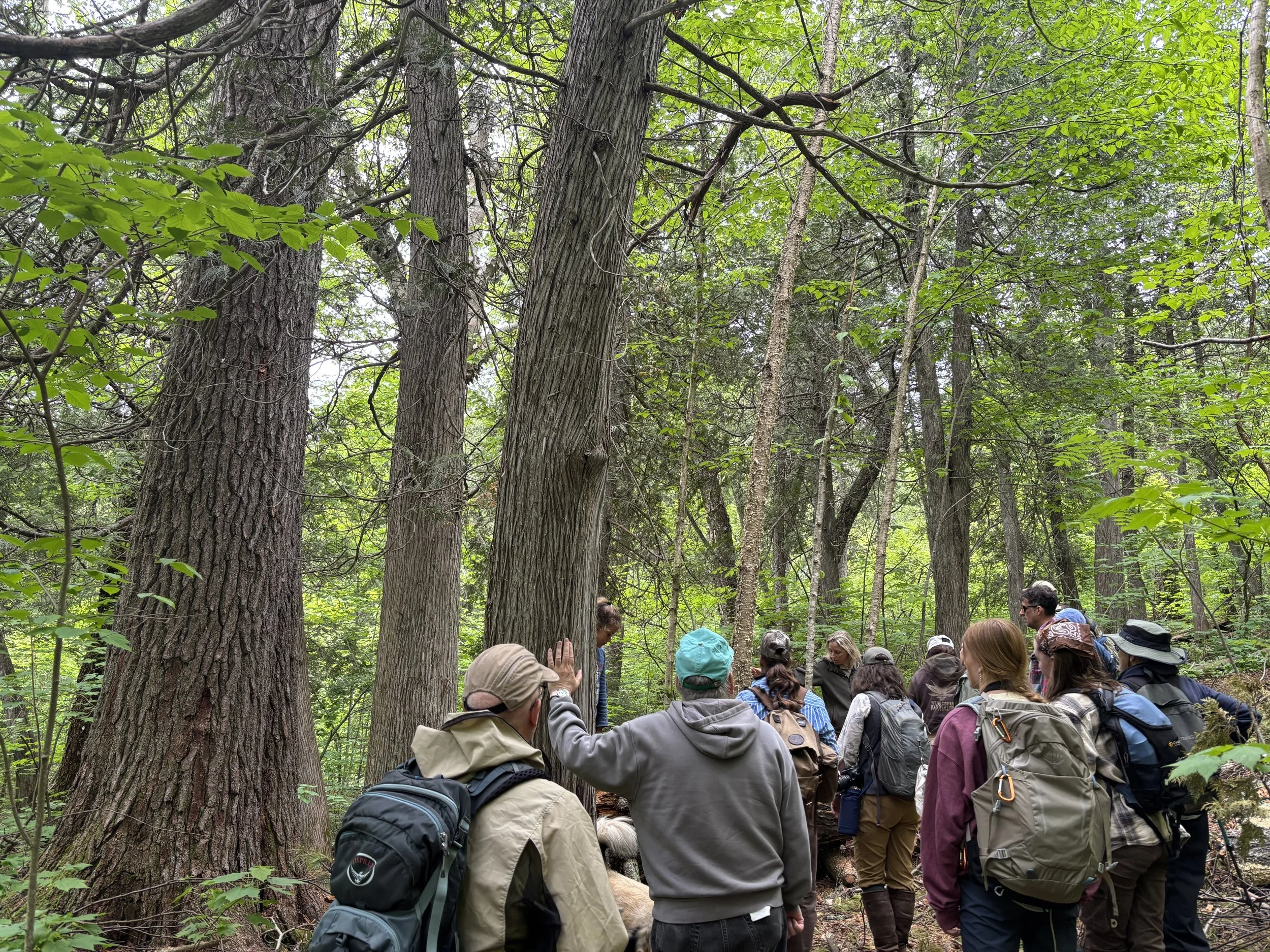
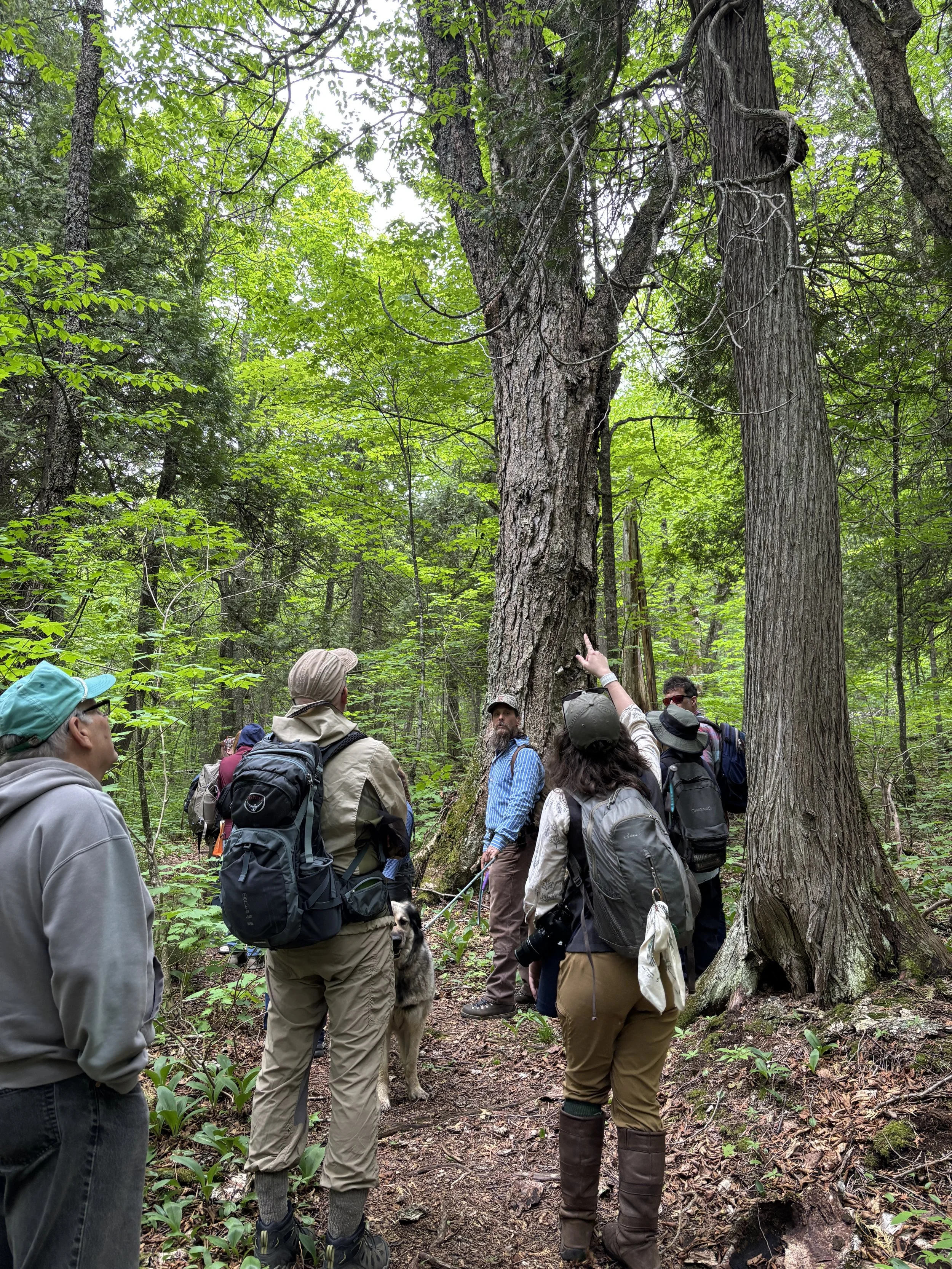
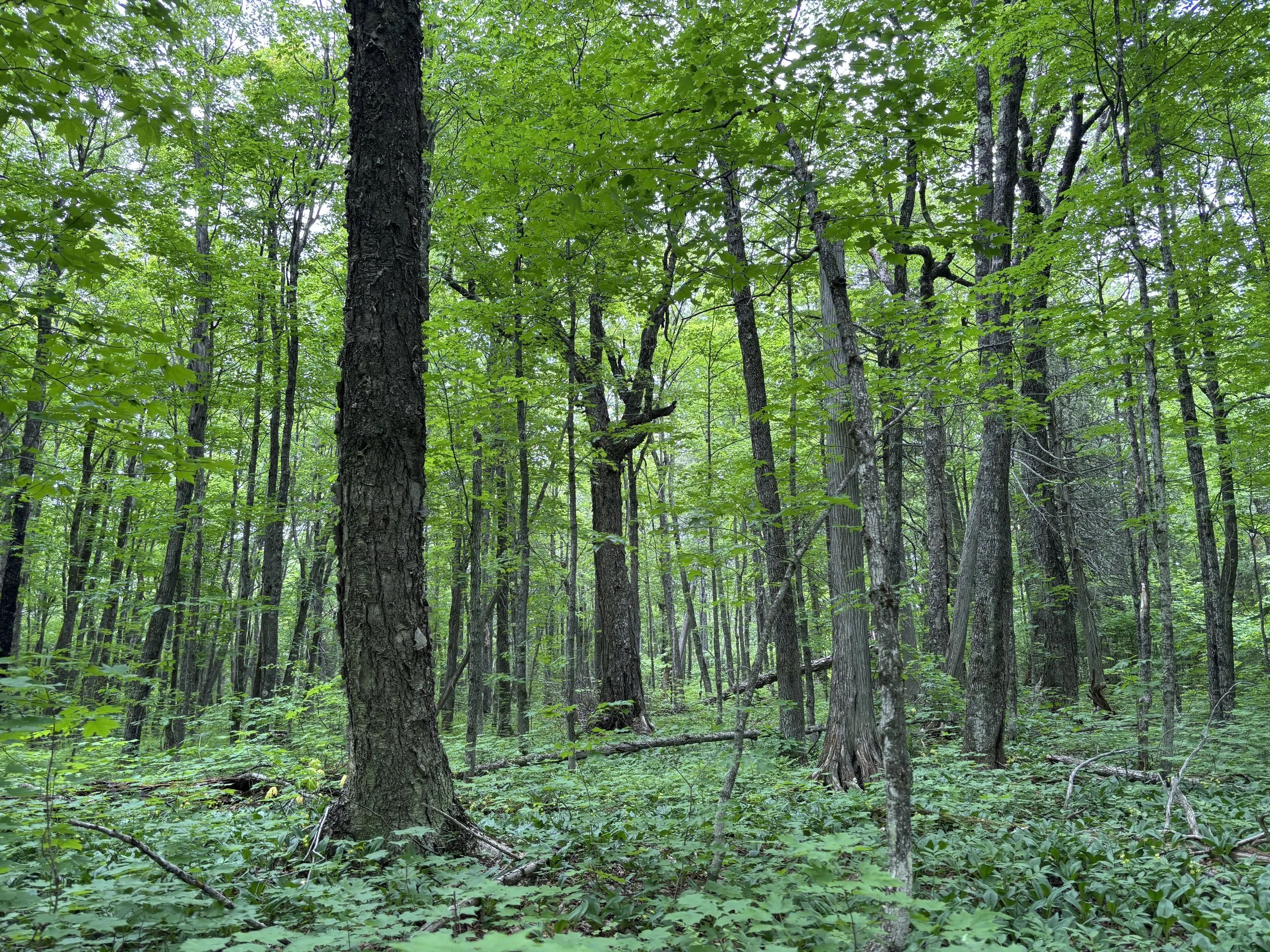
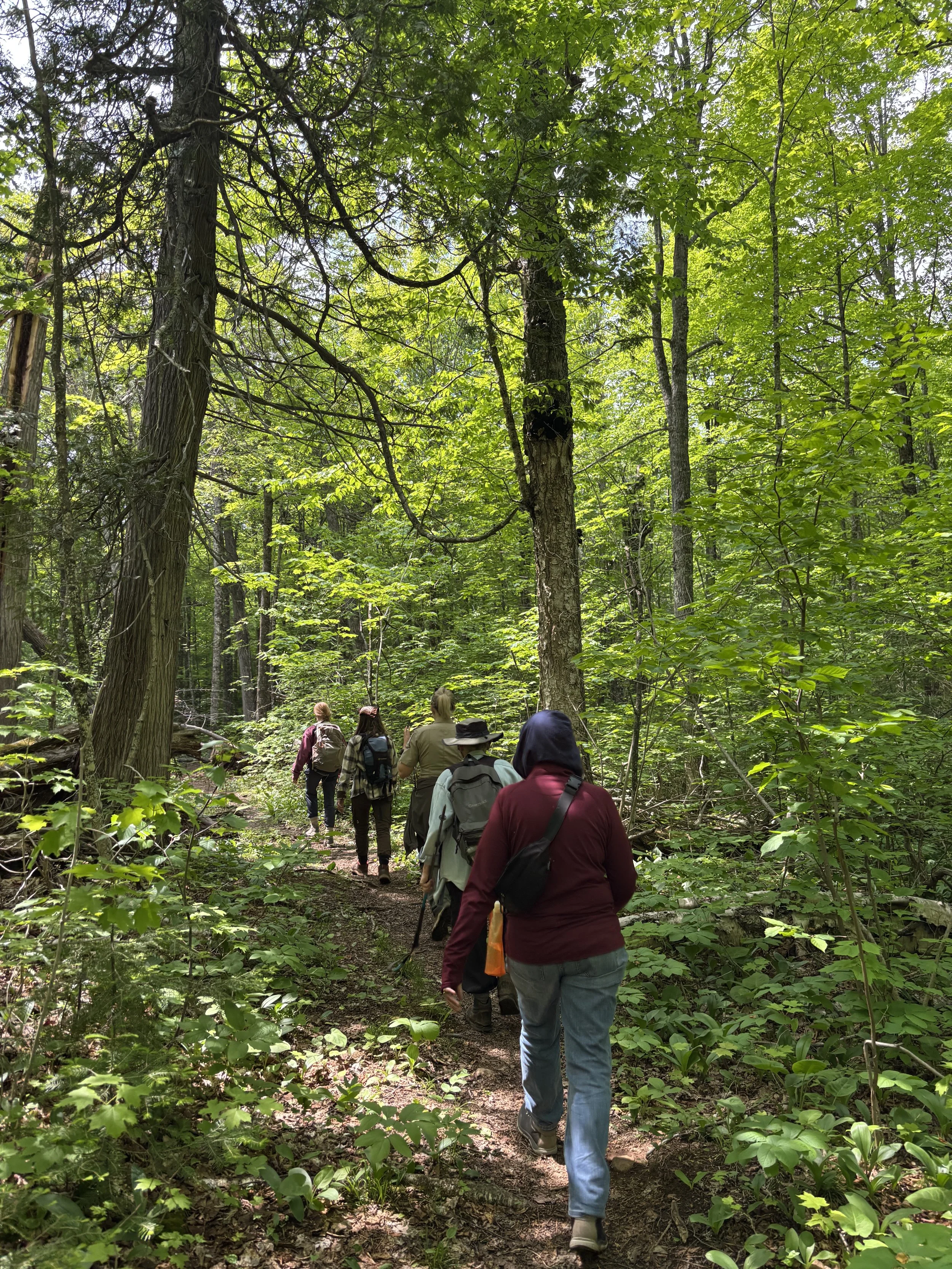

Anyone can visit these forests, experience their diverse old-growth features, and get a chance to spot the creatures that depend on them. From the deep-cushioned forest floor built by cryptic soil dwellers over hundreds or even thousands of years, to the earthy aromatics, to the unique, time-warped trees that live within them, there’s a lot to love about old-growth forests. If you’re planning a visit, it's important to practice leave no trace principles and prevent the spread of invasive species when visiting Minnesota’s natural communities. Anyone can volunteer with the MN DNR to help take care of these incredible forests. Forest lovers can also nominate a forest for consideration in the Network or volunteer to help search for suitable candidates in places not yet represented at www.oldgrowthforest.net.
Minnesota forests that have been inducted into the Old-Growth Forest Network:
Lost 40 Scientific and Natural Area, Itasca County, 2023
Itasca Wilderness Sanctuary Scientific and Natural Area, Clearwater County, 2023
Wolsfeld Woods Scientific and Natural Area, Hennepin County, 2024
Townsend Woods Scientific and Natural Area, Rice County, 2024
Sakatah Lake State Park, Le Sueur County, 2024
Lutsen Scientific and Natural Area, Cook County, 2025
Tettegouche State Park, Lake County, 2025
George H. Crosby Manitou State Park, Lake County, 2025
